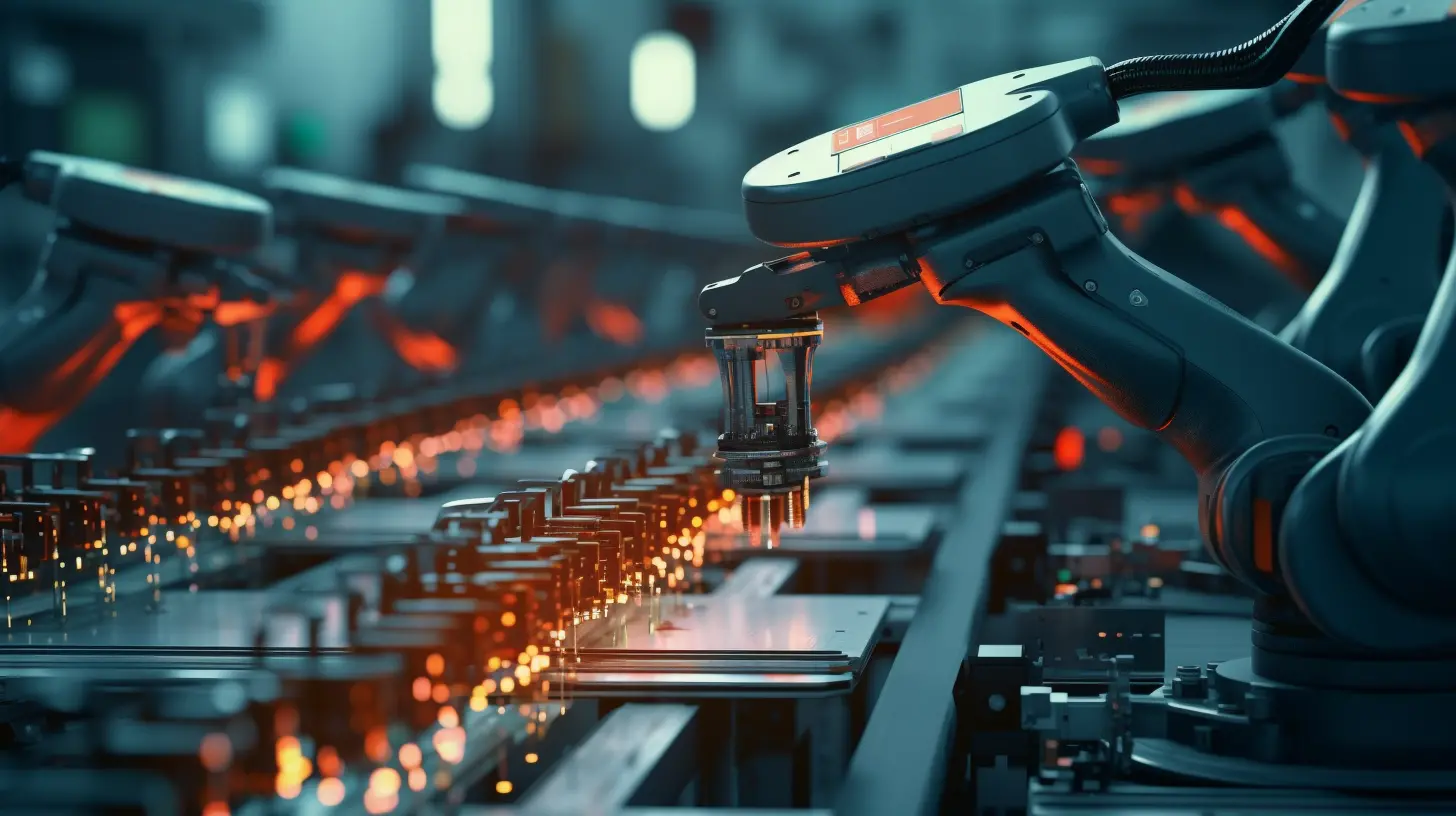
In the modern electronics industry, flexible printed circuits (FPC) and traditional printed circuit boards (PCB) each play an important role. The former is thin and flexible, while the latter is mature in production technology. Both have their own advantages.
Flexible circuit boards are usually made of polyimide (PI) material, which has superb temperature resistance and flexibility. Traditional circuit boards are mostly made of FR-4 material, which may be slightly less resistant in some applications.
The production process of FPC is relatively complex, with a long manufacturing cycle, and is suitable for customized products. In contrast, the production process of PCB is simpler, with lower costs, and is suitable for mass production.
In terms of application areas, flexible circuit boards are particularly suitable for small dynamic products such as smartphones and wearable devices, while traditional circuit boards are widely used in home appliances, automobiles and other fields.
The bendable properties of flexible circuit boards stand out when space is limited, while the stability and cost advantages of traditional circuit boards are still irreplaceable in certain applications.
Which circuit board would you prefer?
A. Flexible circuit board
B. Traditional PCB Leave a message to tell us which PCB option you think is best!
In short, through comparative analysis, choosing the right circuit board can not only improve product innovation capabilities, but also enhance market competitiveness!


